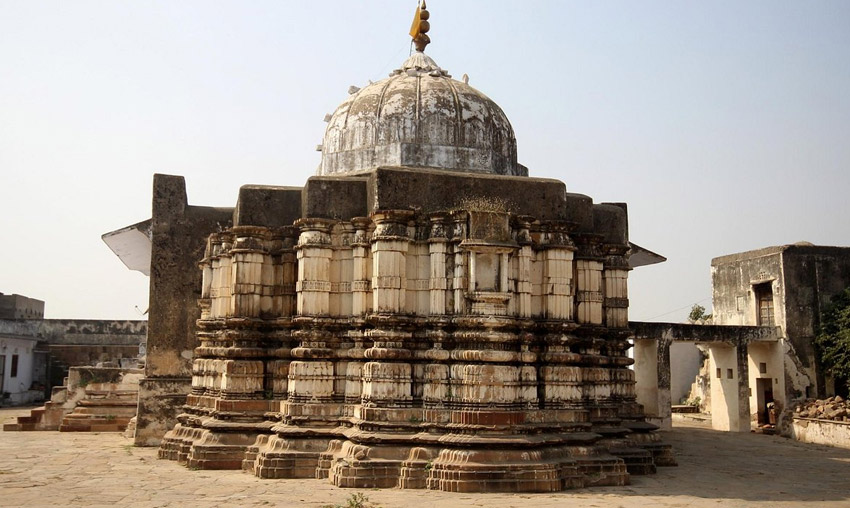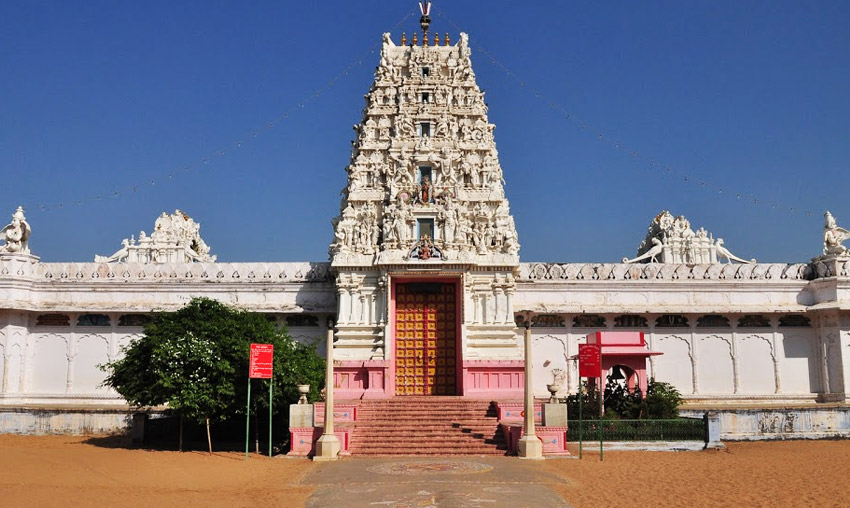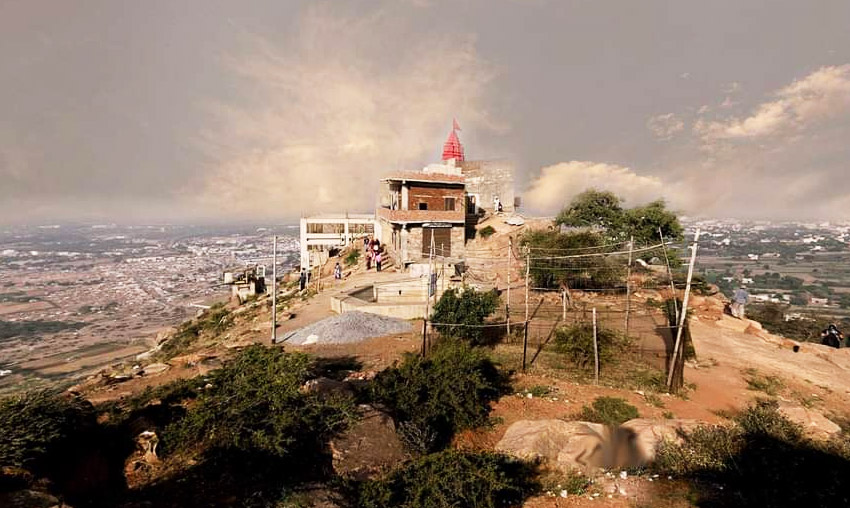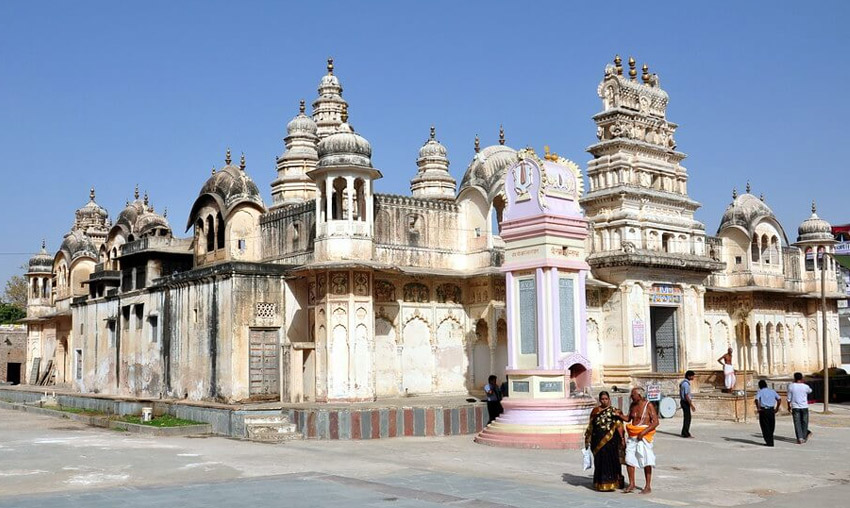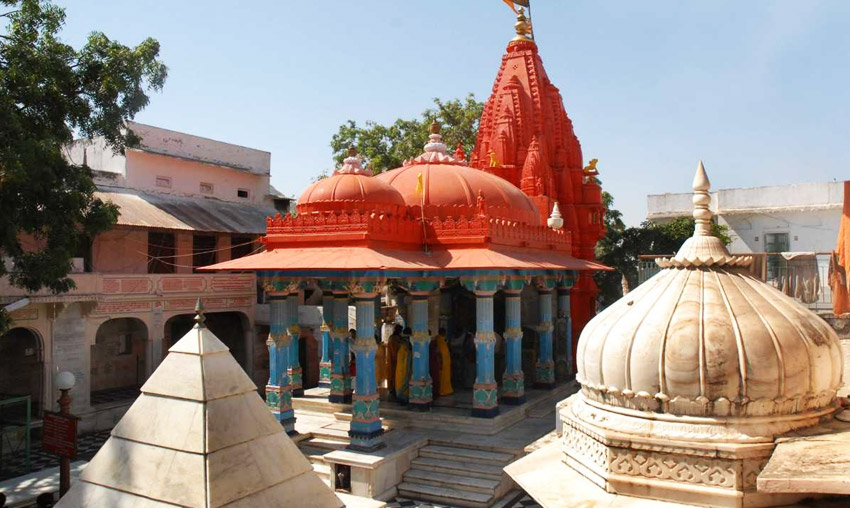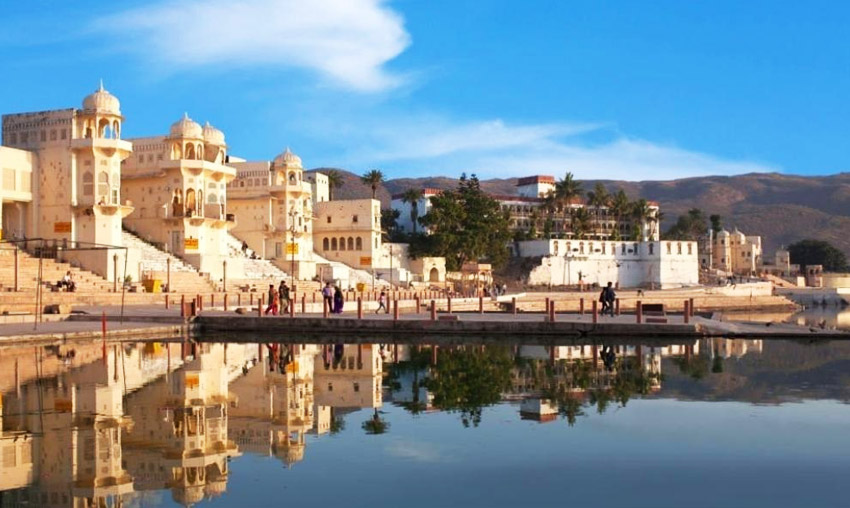Varaha Temple, Pushkar Timings, History & How to reach
Varaha Temple, one of the biggest and oldest temples in Pushkar, Rajasthan, is situated 600 meters from Pushkar Lake and 500 meters from Pushkar Bus Station. It is one of the most well-known Vaishnava temples in Pushkar.
Dedicated to Varaha, the third manifestation of Lord Vishnu, the Varaha Temple was constructed in the 12th century AD by King Anaji Chauhan. After the Mughal Emperor Aurangzeb destroyed the temple, Raja Sawai Jai Singh II of Jaipur rebuilt it in the 18th century.
Vishnu’s Boar Avatar
Our Puranic account states that Lord Vishnu took on the Varaha avatar in order to rescue Bhudevi, or Earth, from the demon Hiranyaksha, who had sunk it beneath the cosmic ocean. Taking on the shape of a gigantic boar, Vishnu dove far beneath the ocean to lift the Earth up on his tusks and return it to its proper position in the cosmos. This deed not only protected creation but also revealed the limitless compassion and strength of Vishnu. The Varaha Purana and other texts praise this avatar’s bravery, strength, and mission, symbolizing a period when the divine came to bring harmony and order back.
History of Varaha Temple Pushkar
There is an interesting history connected to the Varaha Temple. The temple is said to have been constructed by King Anaji Chauhan of the Chauhan dynasty of Rajput kings. The 12th century saw the beginning and completion of construction. However, Pushkar and the surrounding areas of Ajmer were overrun by the Mughal King during the 14th-century reign of King Aurangzeb.
The goal of Aurangzeb was to colonize the regions. He consequently destroyed numerous temples and important Pushkari holy sites. Regretfully, one of these locations was the temple of Varaha. The Varaha Temple was one of many temples in the region that were rebuilt in the 18th century.
The renovation was finished by Raja Sawai Jai Singh II, the Rajput king. The initial attempt to rebuild the temple is attributed to Hada Chastral of Bundi. Gokul Chand Parikh once more embellished the temple with ornamental features in 1806.
Architectural and Spiritual Significance of Varaha Temple, Pushkar
An impressive example of this potent tale is the Varaha Temple in Pushkar. Constructed by King Anaji Chauhan in the 12th century, it has undergone numerous renovations over the ages, especially after being destroyed during the Mughal era. With elaborate stonework and intricate carvings that tell ancient stories, its architecture today blends Rajput and Mughal influences.
An exquisitely detailed idol of Varaha, featuring the deity with a human body and a boar’s face, is housed in the temple. Varaha is shown in his form holding the Earth, represented by Bhudevi, close, signifying divine care, nurturing, and protection. Visitors can reflect on the compassion and strength of Vishnu’s boar avatar in the serene, softly lit temple sanctum.
Rituals & Celebrations at Varaha Temple, Pushkar
The Varaha Temple conducts daily rites that include traditional Rajasthani music, flower offerings, and incense burning. Thousands of pilgrims come to the temple to seek blessings during Hindu holidays like Kartik Purnima, which also happens to coincide with the well-known Pushkar Fair. Praying to Lord Varaha, according to devotees, can provide them protection, enable them to get past challenges, and stabilize their lives.
Varaha Temple, Pushkar Timing
Timings: 6 AM – 12 PM & 4 PM – 8 PM
